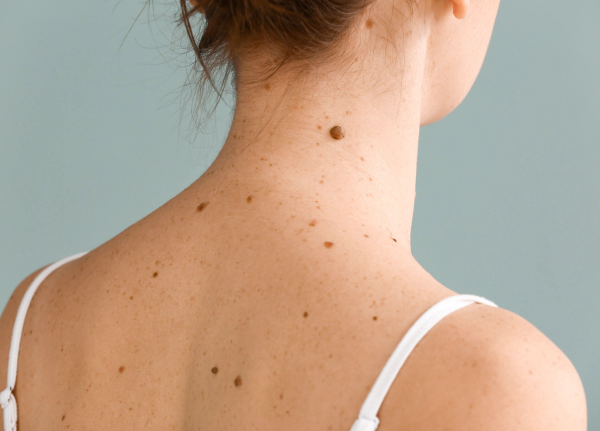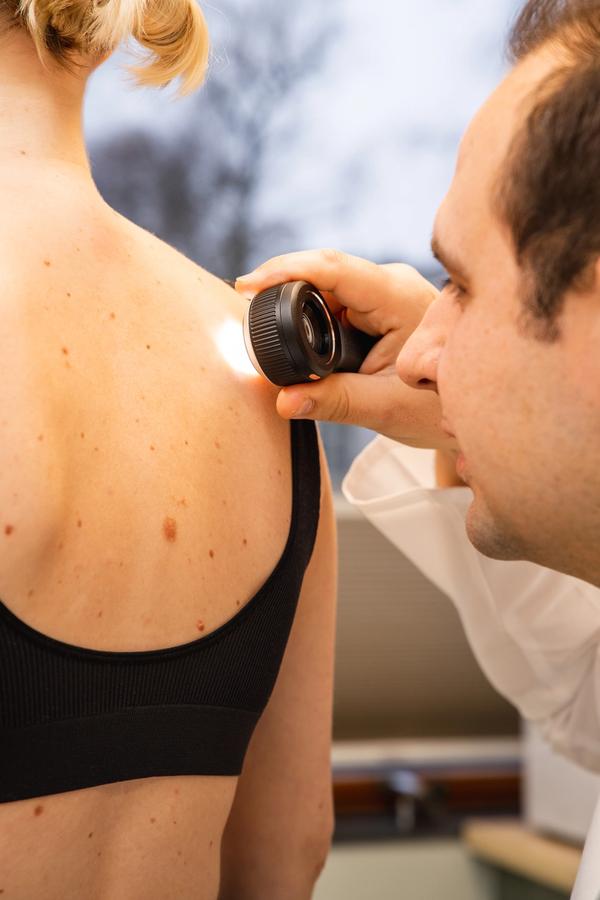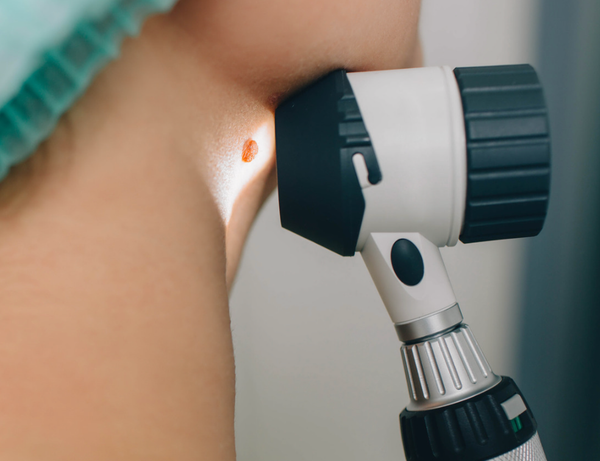At Dr.Dropin, you have the opportunity to book an appointment for the assessment of moles with both general practitioners and dermatologists. Both can evaluate the mole you are concerned about and determine if there is an indication for its removal. If there is an indication for removal, it can often be done in the same consultation if there is enough time.
The general practitioners at Dr.Dropin have extensive experience in removing moles, and they always send the mole for analysis and provide further follow-up when the results are available (usually within 3-4 weeks). If the mole is large, located in a challenging area to remove, or there is uncertainty about whether it should be removed, the general practitioner can refer you to a dermatologist.
You can also easily book an appointment directly with a dermatologist at Dr.Dropin for assessment, removal, and further treatment.






